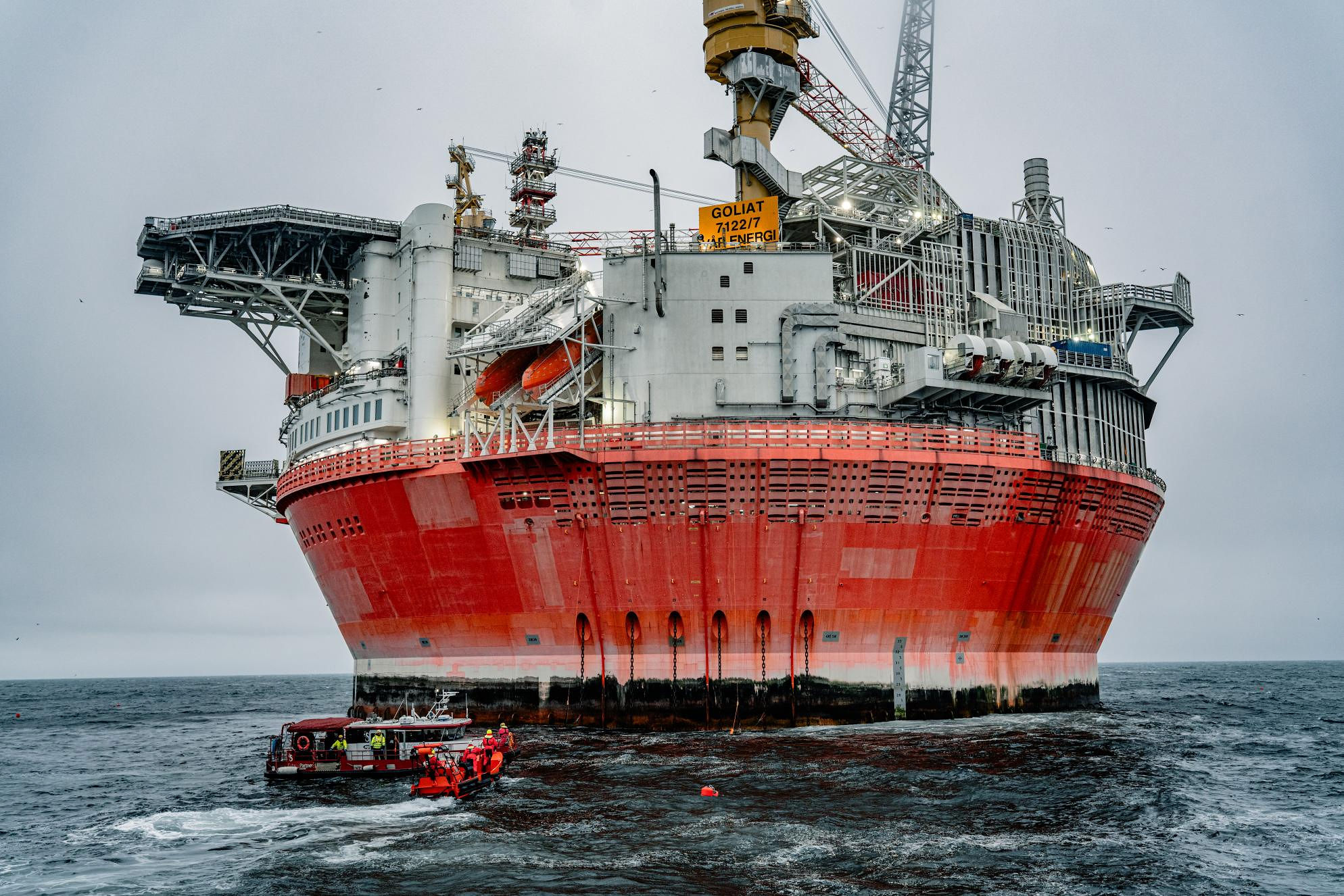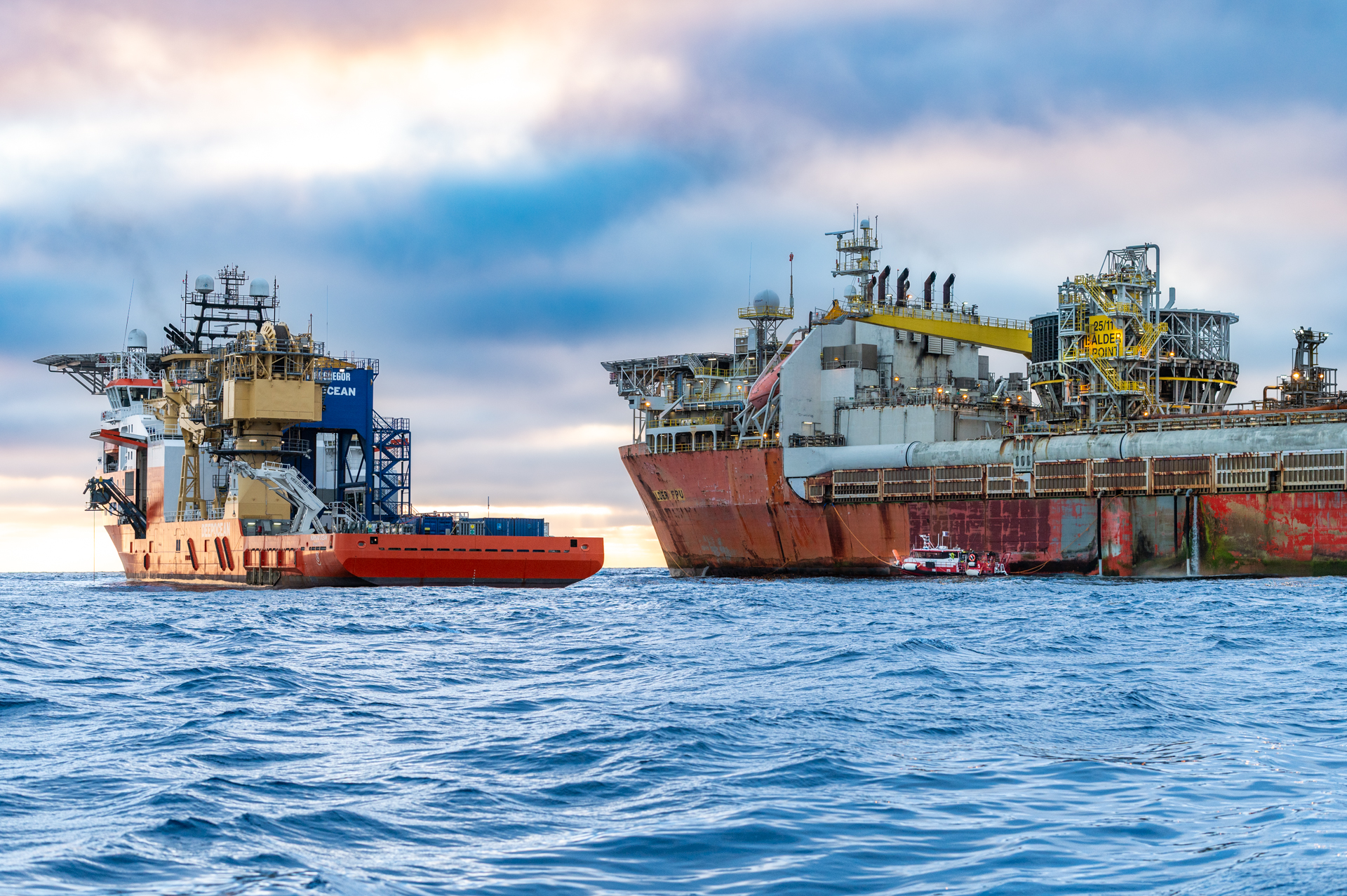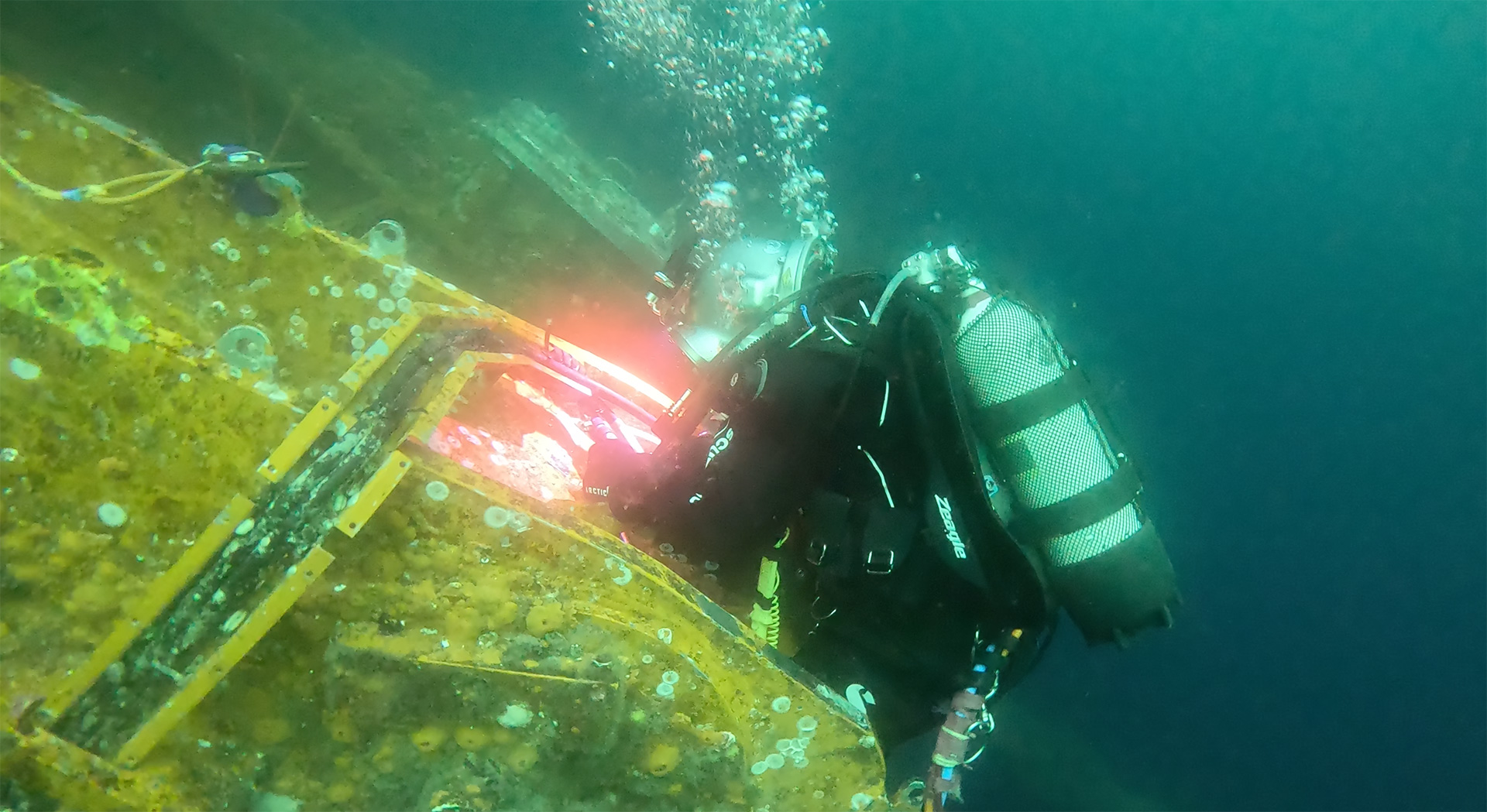Magnetic Particle Inspection
Key Benefits
Detect Surface and Near-Surface Cracks in Ferrous Materials
Reliable flaw detection in structural steel under offshore conditions.
Life Extension Without Replacement
Pinpoint defects where structural failure risk is highest.
Regulatory compliance
Meet statutory obligations under frameworks like the UK’s HSE or Norway’s Havtil.
Support life extension
Identify aging mechanisms and plan maintenance or upgrades.
Validate barriers
Confirm that structural elements remain effective as part of the safety-critical barrier system.
Supports All Asset Types
For any offshore structures including fixed platforms, FPSO’s, floating wind structures, & Semi Submersibles.
Magnetic Particle Inspection
Service Description
We conduct Magnetic Particle Inspection (MPI) across a range of offshore steel structures to detect cracks and discontinuities. MPI is widely used in FPSO hulls, riser interfaces, semi-submersible braces, and wind platform weld zones, offering high reliability in flaw detection on ferrous components.
Our inspectors operate with certified equipment and follow strict protocols to ensure reproducible and class-compliant results.
Read more
Underwater MPI for Structural Weld Integrity Offshore
Magnetic particle inspection (MPI) is used for the detection of surface and near-surface flaws in ferromagnetic materials. A magnetic field is applied to the specimen, either locally or overall, using a permanent magnet, electromagnet, flexible cables, or hand-held prods. If the material is sound, most of the magnetic flux is concentrated below the material’s surface. However, if a flaw is present, such that it interacts with the magnetic field, the flux is distorted locally and ‘leaks’ from the surface of the specimen in the region of the flaw.
We apply MPI to:
- FPSO hull welds, riser brackets, mooring padeyes, and fairlead weld toes
- Semi-submersible brace joints, gussets, and diagonal intersections
- Offshore wind monopile weld seams, secondary steel supports, and J-tube hang-offs
- Splash zone repairs or post-welding inspection areas
- Structural modifications or retrofit attachment zones
Inspection methods:
- Diver applied electromagnetic yokes and daylight ink sprays
- Surface prep using wire brushing or abrasive cleaning
- Indication marking with photographic backup and positional reference
- Optional follow-up with close visual or ultrasonic confirmation
Typical use cases:
- Class survey-driven weld integrity validation
- Crack detection on fatigue-sensitive or welded joints
- Confirmation of repair quality or anomaly investigation
- Routine monitoring of known high-risk weld features
All MPI inspections are carried out by NDT-certified technicians in accordance with ISO 23278 and offshore-specific guidelines. Results are recorded with photographic evidence and mapped to structural drawings or asset schematics.
Operational Scenario
Real Results: Possible Crack in FPSO Bilge Keel.
Challenge
Potential crack in FPSO bilge keel flagged during IMR ROV GVI.
Solution
SubseaPartner mobilized a dive team, & cleaned the suspect location, a close visual inspection indicated a crack, this was confirmed by underwater MPI.
Outcome
Crack was cut out therefore stopping any further development into hull material.
Let’s Secure Your Operations
Speak with SubseaPartner about underwater MPI inspections. Our certified teams detect cracks in critical welds, ensuring compliance, structural integrity, and safe offshore operations for FPSOs, semi-subs, and wind assets.



